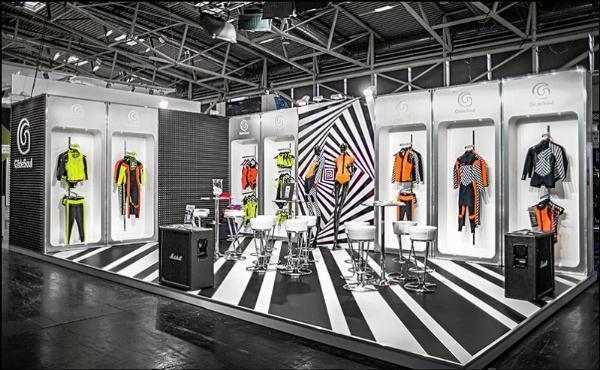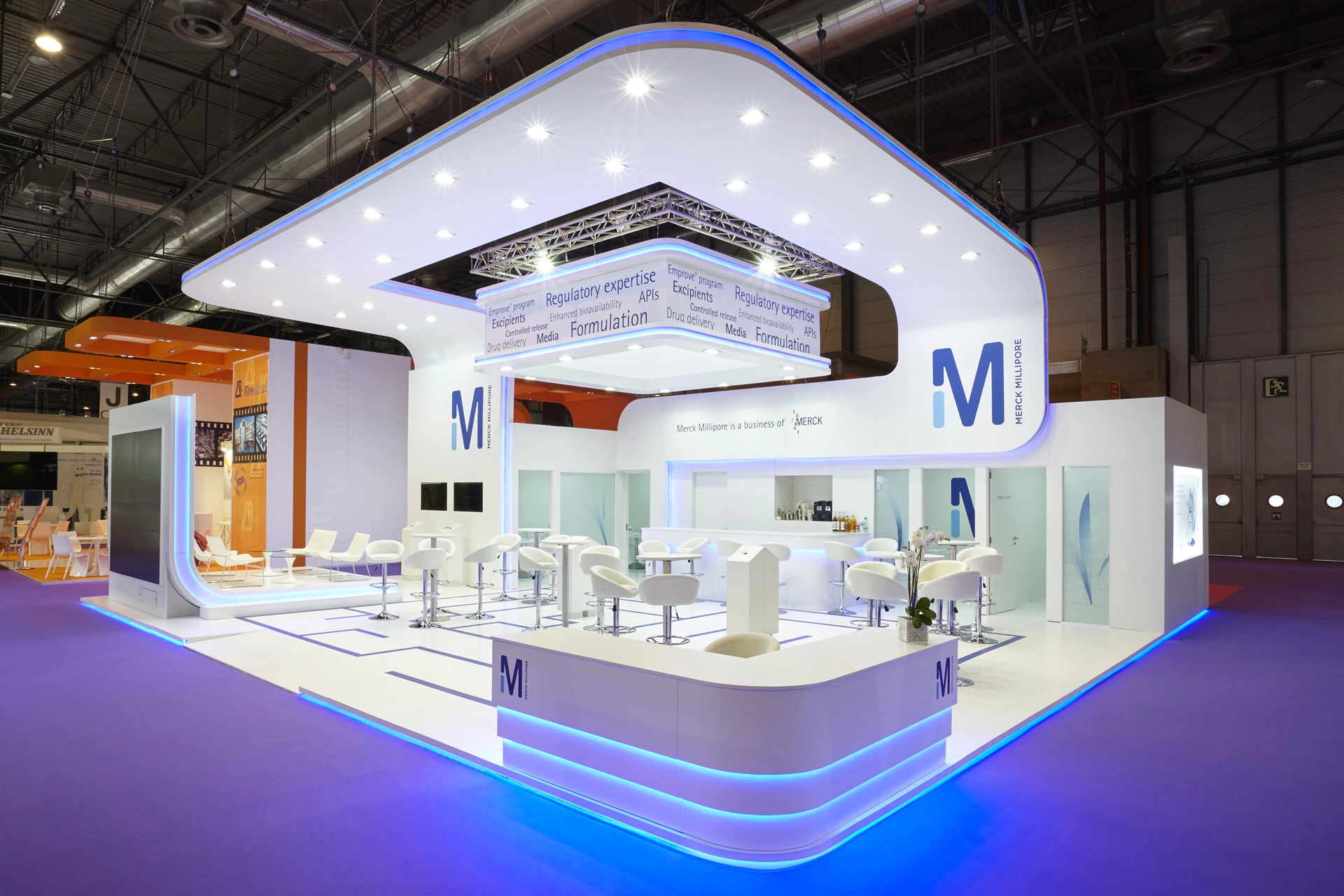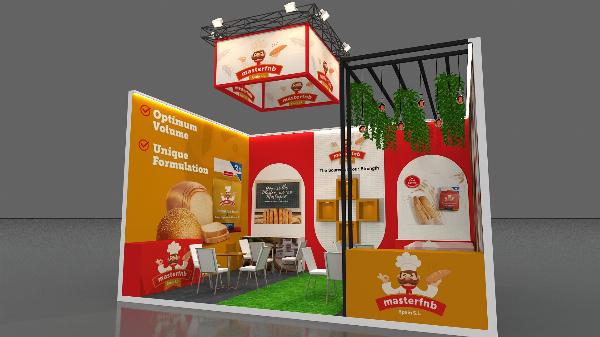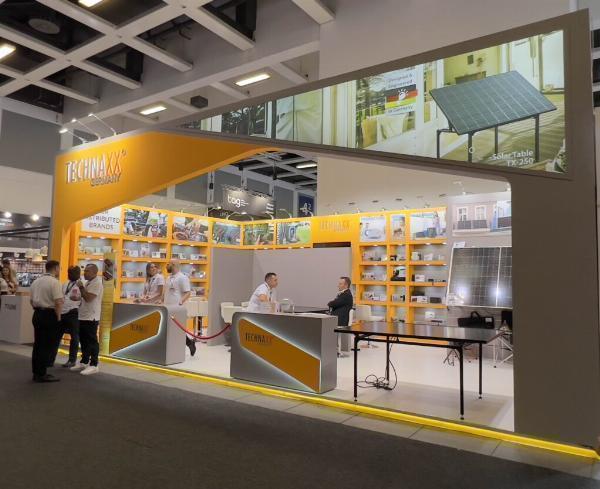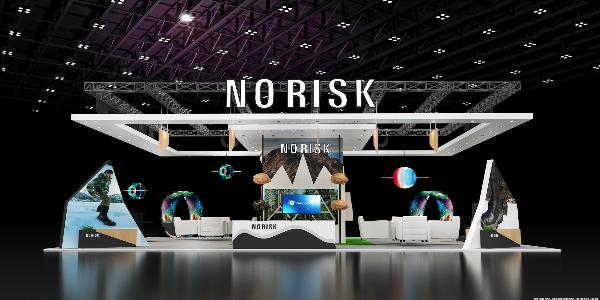 Conversion-Focused Landing Pages – More Leads, Less Bounce!
Conversion-Focused Landing Pages – More Leads, Less Bounce!
What are the latest trends in exhibition booth design in Frankfurt?
Written by Noah Centineo » Updated on: June 17th, 2025
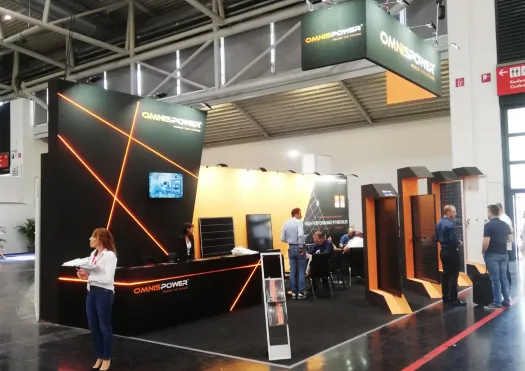
Frankfurt, a global hub for trade fairs and exhibitions, continuously sets the benchmark for innovation and creativity in exhibition booth design. Known for its major trade events like the Frankfurt Book Fair, Ambiente, and Automechanika, the city attracts exhibitors from around the world, each aiming to create standout booths that captivate and engage attendees. Here, we explore the latest trends in exhibition booth design that are making waves in Frankfurt, reflecting broader shifts in the industry. With the expertise of top exhibition booth builders in Frankfurt, these designs showcase cutting-edge technology, sustainability, and immersive experiences.
1. Sustainable and Eco-Friendly Booths
One of the most significant trends in exhibition booth design is the emphasis on sustainability. Exhibitors are increasingly aware of their environmental impact and are opting for eco-friendly materials and practices. This includes using recycled or upcycled materials, biodegradable displays, and energy-efficient lighting.
In Frankfurt, this trend is particularly evident with companies showcasing their commitment to sustainability through innovative booth designs. Modular booth systems made from sustainable materials are popular, allowing for reusability and easy transportation, thus reducing the carbon footprint. Additionally, greenery and living walls are being integrated into booth designs, not only to enhance aesthetics but also to improve air quality and create a calming environment.
2. Interactive and Immersive Experiences
The modern exhibition booth is no longer just a static display of products and services; it has evolved into an interactive and immersive experience. This trend is driven by advancements in technology and a desire to engage attendees on a deeper level.
Augmented reality (AR) and virtual reality (VR) are becoming standard features in exhibition booths. These technologies allow exhibitors to create immersive experiences that can transport attendees to different environments, demonstrate products in a virtual setting, or provide interactive storytelling. For instance, automotive companies at the Frankfurt Motor Show have used VR to offer virtual test drives, providing a dynamic way to experience new models without leaving the booth.
3. Customization and Personalization
Personalization is a key trend in exhibition booth design, with exhibitors aiming to create tailored experiences for their target audience. This involves customizing the booth layout, design elements, and interactive features to align with the brand identity and the preferences of the attendees.
In Frankfurt, exhibitors are leveraging data analytics to understand attendee behavior and preferences, allowing them to create more personalized experiences. For example, RFID technology can track attendee interactions within the booth, providing valuable insights into which products or areas are generating the most interest. This data can then be used to adjust the booth design in real-time, ensuring that it remains relevant and engaging throughout the event.
4. Minimalist and Clean Aesthetics
Simplicity and elegance are becoming increasingly popular in exhibition booth design. The minimalist approach focuses on clean lines, uncluttered spaces, and a limited color palette, creating a sophisticated and professional appearance.
This trend is particularly prevalent in Frankfurt, where many exhibitors are opting for sleek and modern designs that emphasize quality over quantity. The use of high-quality materials, such as glass, metal, and wood, adds a touch of luxury and durability to the booths. Additionally, strategic lighting is used to highlight key areas and products, creating a visually appealing and inviting atmosphere.
5. Multi-Functional Spaces
With the rising cost of exhibition space, exhibitors are looking for ways to maximize the utility of their booths. Multi-functional spaces are a growing trend, allowing exhibitors to adapt their booths for different purposes throughout the event.
In Frankfurt, booths are being designed with versatile elements that can be easily reconfigured. For example, a single space might be used for product demonstrations during the day and transformed into a networking lounge in the evening. Movable walls, modular furniture, and convertible displays are some of the features being incorporated to create flexible and dynamic spaces.
6. Digital Integration and Smart Technology
The integration of digital and smart technologies is revolutionizing exhibition booth design. From touchscreens and interactive displays to IoT devices and AI-powered assistants, technology is enhancing the attendee experience and providing valuable data for exhibitors.
In Frankfurt, digital integration is a key trend, with many booths featuring large digital screens that display dynamic content, such as live social media feeds, product videos, and interactive maps. Smart technology is also being used to streamline operations, such as automated check-ins, lead retrieval systems, and real-time analytics. These innovations not only improve efficiency but also create a seamless and engaging experience for attendees.
7. Focus on Wellbeing and Comfort
Exhibition booths are increasingly designed with the comfort and wellbeing of attendees in mind. This trend is driven by the recognition that a comfortable and inviting space can enhance engagement and prolong the time attendees spend at the booth.
In Frankfurt, this is reflected in the incorporation of comfortable seating areas, relaxation zones, and even wellness features such as hydration stations and air purifiers. The use of natural materials and soothing color schemes also contributes to a more pleasant and relaxing environment. By prioritizing the wellbeing of attendees, exhibitors can create a positive and memorable experience.
8. Storytelling and Brand Narrative
Effective storytelling and a strong brand narrative are crucial elements of modern exhibition booth design. Exhibitors are using their booth space to tell a compelling story about their brand, products, and mission, creating a deeper connection with attendees.
In Frankfurt, this trend is evident in the use of themed designs and immersive environments that reflect the brand’s identity and values. For example, a tech company might create a futuristic booth with cutting-edge displays and interactive elements to convey innovation and forward-thinking. By weaving a narrative into the booth design, exhibitors can create a more engaging and memorable experience for attendees.
9. Inclusive and Accessible Design
Inclusivity and accessibility are becoming increasingly important in exhibition booth design. Exhibitors are recognizing the need to create spaces that are accessible to all attendees, including those with disabilities.
In Frankfurt, this trend is reflected in the incorporation of features such as wheelchair ramps, wide aisles, and braille signage. Additionally, booths are being designed with a focus on universal design principles, ensuring that they are functional and comfortable for everyone. By prioritizing accessibility, exhibitors can create a more inclusive and welcoming environment.
10. Collaborative and Social Spaces
The rise of collaborative and social spaces is another significant trend in exhibition booth design. Exhibitors are creating areas within their booths that encourage networking, collaboration, and social interaction.
In Frankfurt, this trend is particularly evident in the design of lounge areas, meeting rooms, and co-working spaces within booths. These areas provide a comfortable and informal setting for attendees to engage with the exhibitor and with each other. By fostering a sense of community and collaboration, exhibitors can create a more dynamic and interactive experience.
Conclusion
The latest trends in exhibition booth design in Frankfurt reflect broader shifts in the industry towards sustainability, technology integration, personalization, and inclusivity. Exhibitors are increasingly focused on creating engaging, immersive, and memorable experiences for attendees, using innovative design elements and cutting-edge technology.
By staying abreast of these trends, exhibitors can create standout booths that not only attract attention but also effectively communicate their brand message and values. As Frankfurt continues to be a leading destination for trade fairs and exhibitions, it will undoubtedly remain at the forefront of innovation in exhibition booth design, setting the standard for the industry worldwide.
Note: IndiBlogHub features both user-submitted and editorial content. We do not verify third-party contributions. Read our Disclaimer and Privacy Policyfor details.
Copyright © 2019-2025 IndiBlogHub.com. All rights reserved. Hosted on DigitalOcean for fast, reliable performance.


